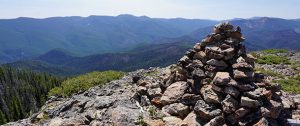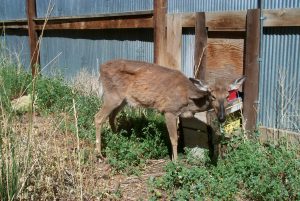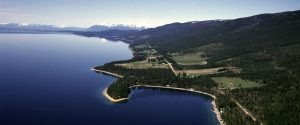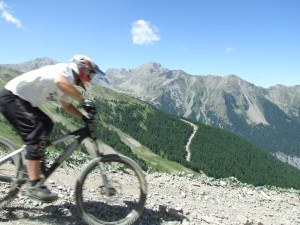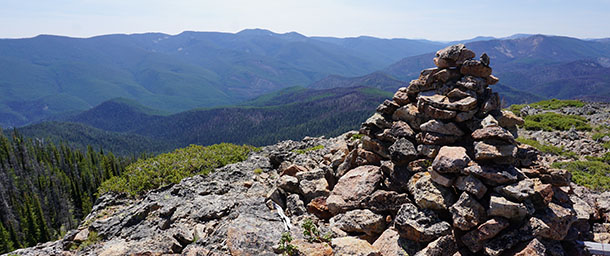A recent email sent out by Montana Governor Steve Bullock . . .
It’s past time folks in the West extended an invitation to the President to get outdoors. A little time in the backcountry has a way of helping us remember who we are and where we come from. It’s hard to spend some time on our state’s public lands without quickly learning some humility, and equally hard to return to your day job without being inspired by all we have in common.
Because where we come from 18 holes might be relaxing, but it’s not the same as sleeping under the stars, watching a herd of elk crest a hill at 5:30 in the morning or feeling the tug of a trout from a blue-ribbon river on your line. If the President had grown up the way we have, he might feel differently about pulling the rug out from under so many people whose livelihoods depend on our access to public lands.
The decision to substantially shrink the Bears Ears and Grand Staircase-Escalante national monuments in Utah reveals how at the most basic level he and his administration misunderstand what it means to preserve and protect our history – our heritage – for future generations. 16 presidents have designated 157 national monuments, dating back to 1906 when President Roosevelt first used the Antiquities Act to protect Devil’s Tower in Wyoming. In contrast, the President’s plans add up to the largest elimination of protected areas in American history.
An attack on public lands anywhere is an attack on public lands everywhere, and it flies in the face of who we are as a nation. It doesn’t matter who you are or where you come from – Manhattan, Montana, Manhattan, New York, or Manhattan, Kansas – public lands belong to each and every one of us. They are one of this country’s great equalizers.
Frankly, it makes me wonder whether or not the President is truly committed to investing in what makes America great. Because a fundamental part of what makes America great is our land.
Earlier this year the halls of our state capitol shook with thousands of voices chanting in support of keeping public lands in public hands. I stood side by side with hunters, ranchers, anglers, sportsmen and women, veterans, grandparents and kids of all ages and declared Montana’s public lands would not be bought and sold to the highest bidder.
That day it didn’t matter where we lived, what we did for a living or whether we voted for a Republican, a Democrat, a Libertarian, or an Independent. What mattered is we stood together, united by our shared values and love of our lands, rivers, streams and most importantly our way of life. Crowded shoulder-to-shoulder, we doubled down on our shared responsibility to manage these lands and our commitment to preserving and protecting them for our kids and our grandkids.
This isn’t an issue that divides us. You don’t have to have a Swiss bank account to spend a day on the river. You don’t have to have friends in high places to explore mountains and trails. You don’t have to own a big piece of property to experience some of the best hunting and fishing in the world. And you don’t have to pay a fortune to experience the cliff dwellings of the Bears Ears to be humbled by an ancient way of life and be left awestruck with a sense of the sacred connection many of the tribal nations know so completely.
This is an issue that unites us. When we experience our public lands and embrace our shared responsibility to care for them, we’re participating in one of the great expressions of our democracy – where we go as equals and return touched by what binds us together.
Those who came before us had the foresight to maintain our history and our hunting, fishing and outdoor recreation legacy for the future. We have always found a way to safeguard that which we cannot replace. Public lands are our history, our heritage – our birthright – and we will not see them diminished.
Not now, not ever. Not on our watch.
Sincerely,
STEVE BULLOCK
Governor

